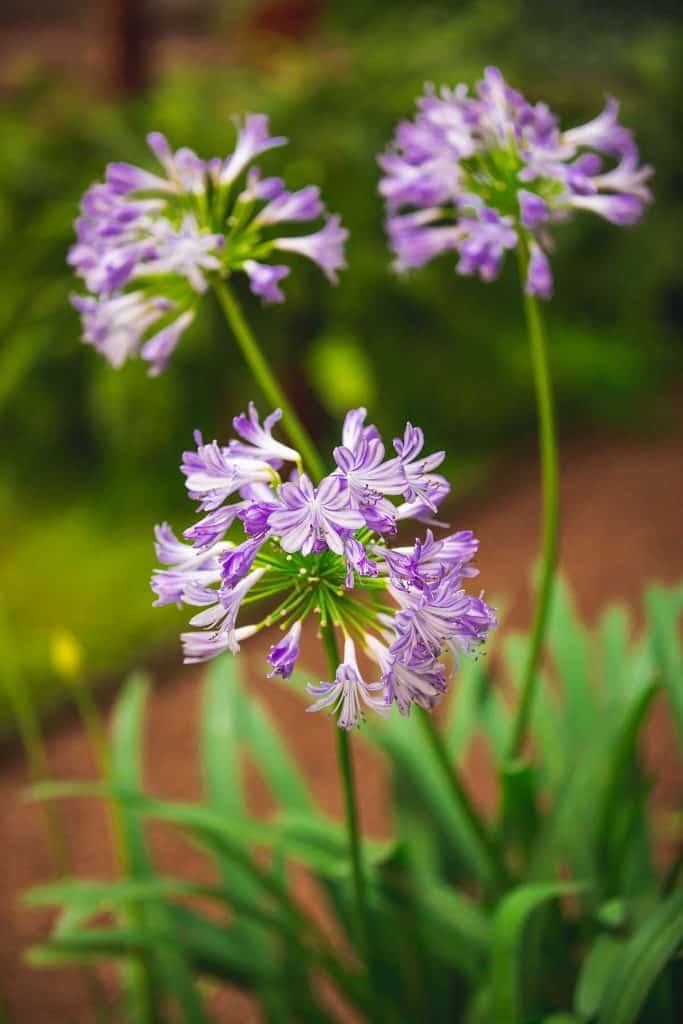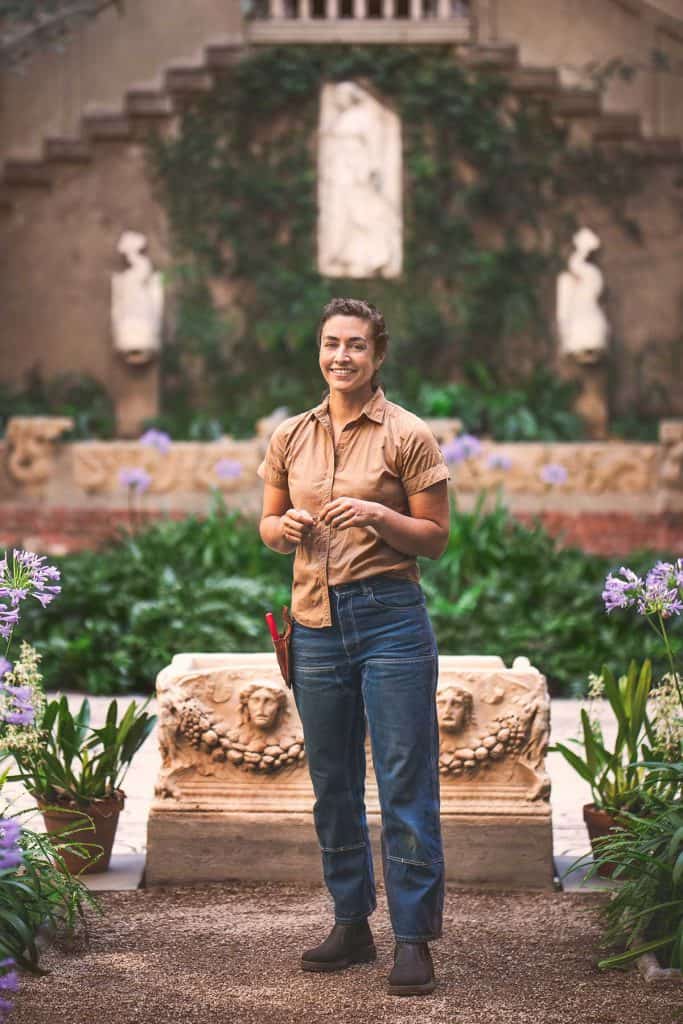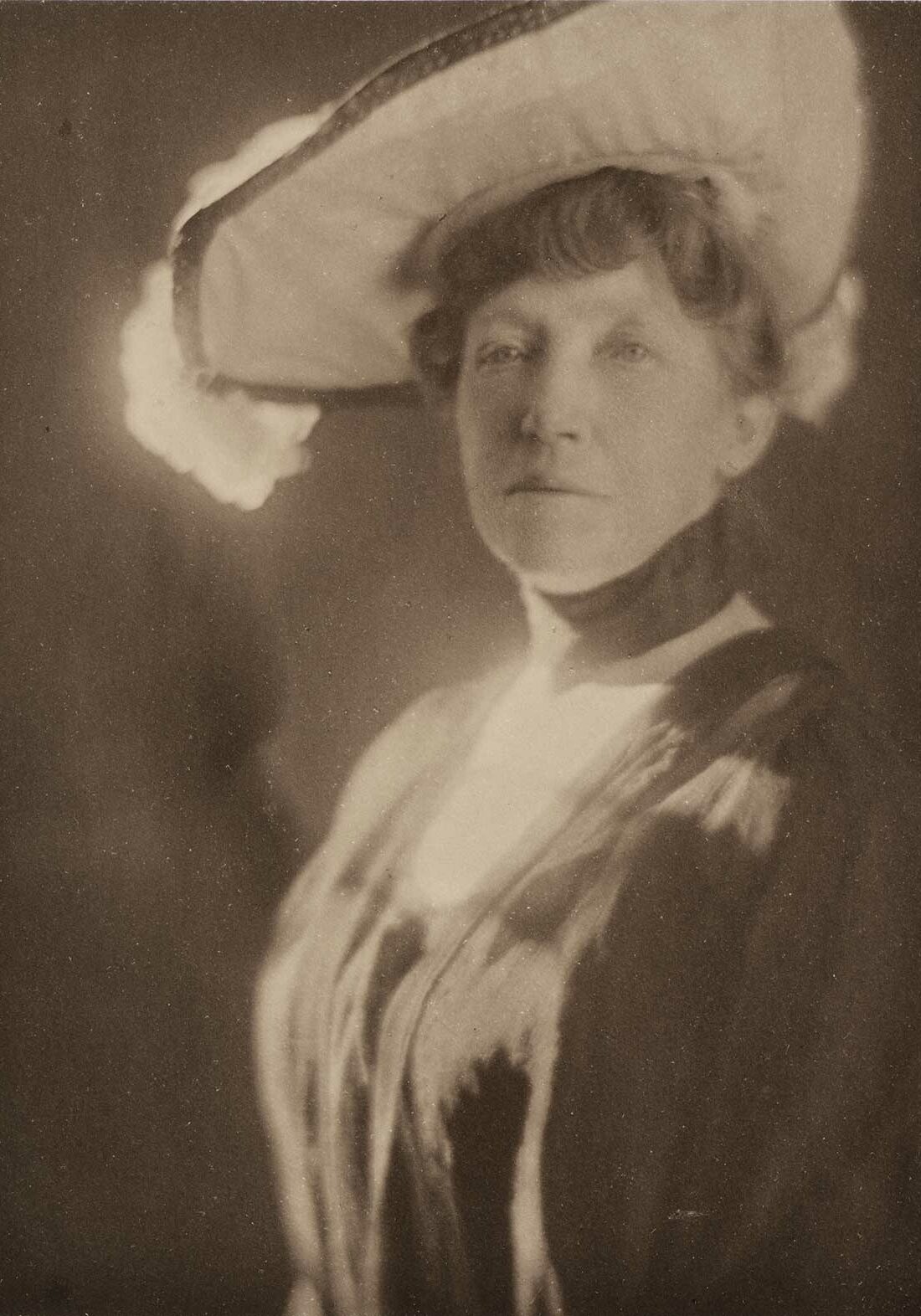From greenhouses in Hingham, Erika Rumbley keeps things growing at Boston’s Isabella Stewart Gardner Museum.
By Dave Kindy Photography by Derrick Zellmann
One of the most admired artists on display at the Isabella Stewart Gardner Museum finds inspiration within a set of custom-built greenhouses in Hingham. This is where she lays the groundwork for vibrantly colored installations that capture hearts and minds at one of Boston’s most iconic and revered cultural institutions. Despite the popularity of her stunning artistry, her identity is unknown to many and her creations bear no signature. Who is this masterful artist? Her name is Erika Rumbley, and she is the Gardner’s Gardener.
Rumbley leads a team that is responsible for growing and tending to a wide array of plants and flowers that festoon the historic estate and complement the works of the artistic masters on display. Her primary canvas is the museum’s statuesque courtyard garden, a picturesque recreation of a 15th-century Venetian villa. Her palette includes the verdant greens of jade trees, outstanding oranges of nasturtiums, pulsing purples of bellflowers, willowy whites of orchids and pastel shades of chrysanthemums, as well as countless other floral varieties.
“I love the courtyard,” says Rumbley. “It’s a place of solace where people can reflect and refresh. In winter, it’s one of the few places you can go that is still alive and growing.”
Rumbley became the director of horticulture for the Isabella Stewart Gardner Museum in the fall of 2020. Prior to that, she worked under the tutelage of legendary gardener Stanley Kozak, who worked at the Gardner for 50 years until his death in 2019. “I was mentored by Stanley,” says Rumbley. “He didn’t write a single thing down. It was all in his head. It was an oral tradition to be passed down.”
With nine major flower installations each year and a rotation of plants and flowers changing every two to three weeks, there are many details to keep track of. The temperature-controlled greenhouses in Hingham operate like an assembly line, preparing plants for their big reveal. During a tour of the greenhouses in June, Rumbley was already tending to seedlings for the annual chrysanthemum display, which runs late September through November. “That’s why I need spreadsheets,” she says with a wry smile. “We have so many things going at once, it’s hard for me to keep track of everything. We’re always thinking ahead.”
On this particular day, Rumbley was busy tending to 400 pots of sprouting “mums,” trimmed in the Japanese style of kiku, which will have one stalk and stand 4 to 6 feet tall when transferred to the Gardener in the fall. “Each one will have a single bloom about the size of your face,” Rumbley says. “We’ll also have sprays too, as well as bush mums.”

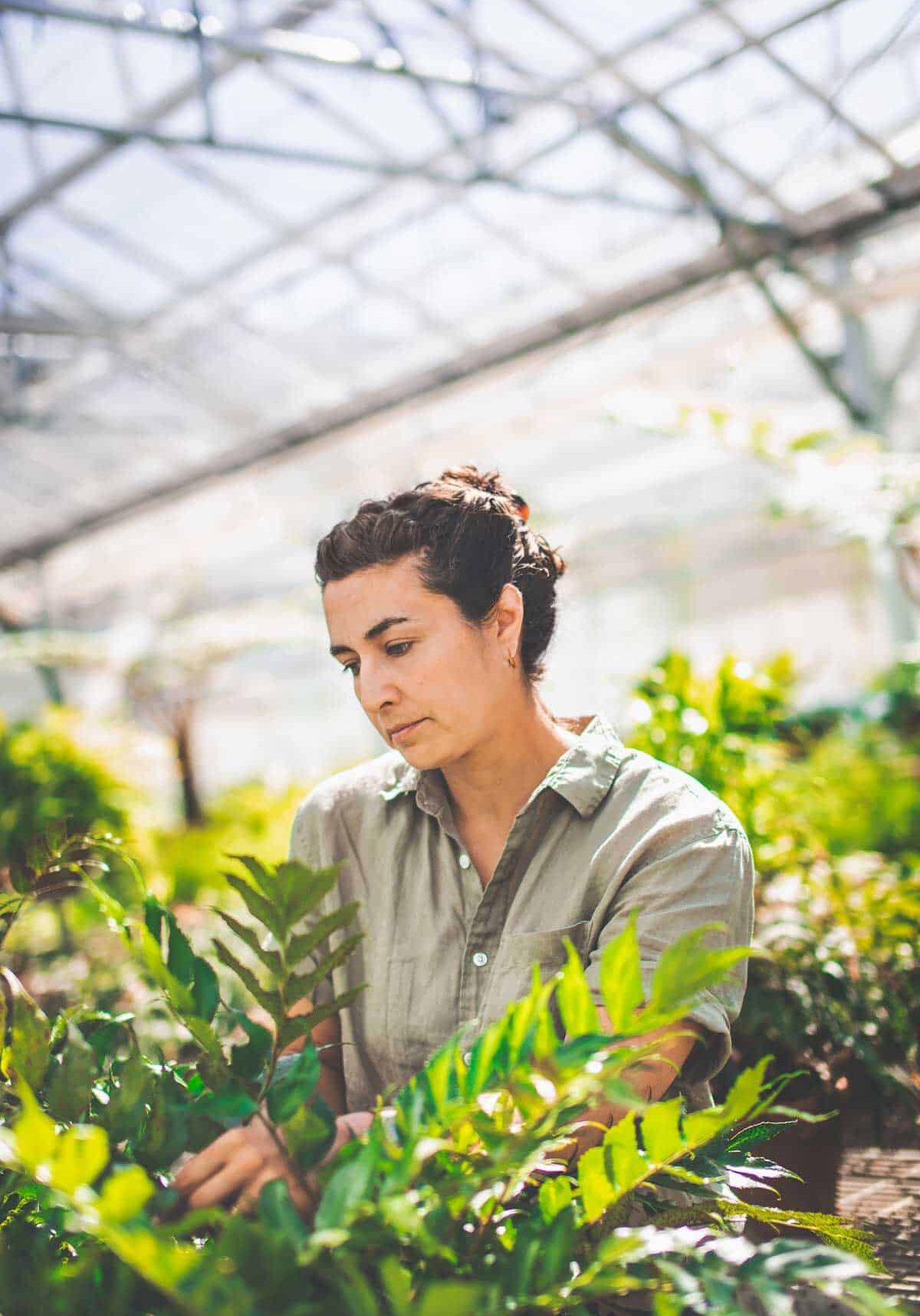
This year, the composition of the chrysanthemum display coincides with a special exhibition: “Titian: Women, Myth & Power.” This groundbreaking exhibition will bring together a series of the Renaissance painter’s works depicting goddesses of Greek and Roman mythology (including one painting that is part of the Gardner’s collection) for the first time in more than four centuries.
The courtyard features several statues of legendary females in the ancient world, including Artemis, Medusa and the dominant figure of Peplophoros, thought by some to be a representation of Persephone, the goddess of plants and the underworld. Carved around the time of Julius Caesar and acquired by archaeologist Richard Norton in 1901, the figure was later purchased by Isabella Stewart Gardner and became a prominent figure in her courtyard. The well-known art collector and philanthropist was a force to reckon with in the early 20th century — a time when women were expected to be little more than window dressing in a man’s world.
Gardner would have none of that. In 1912, she famously stunned Brahmin society when she wore a white headband featuring the words “Oh, you Red Sox” to a very proper concert by the Boston Symphony Orchestra. In many ways, Gardner’s museum in the Fenway section of Boston is an extension of her own individuality. She took great pride in adorning the courtyard with exotic plants and colorful flowers. Rumbley is thrilled to carry on that legacy as the first woman director of horticulture at the Gardner Museum. She especially enjoys working with seeds and bulbs that date back to original flowers planted by the founder.
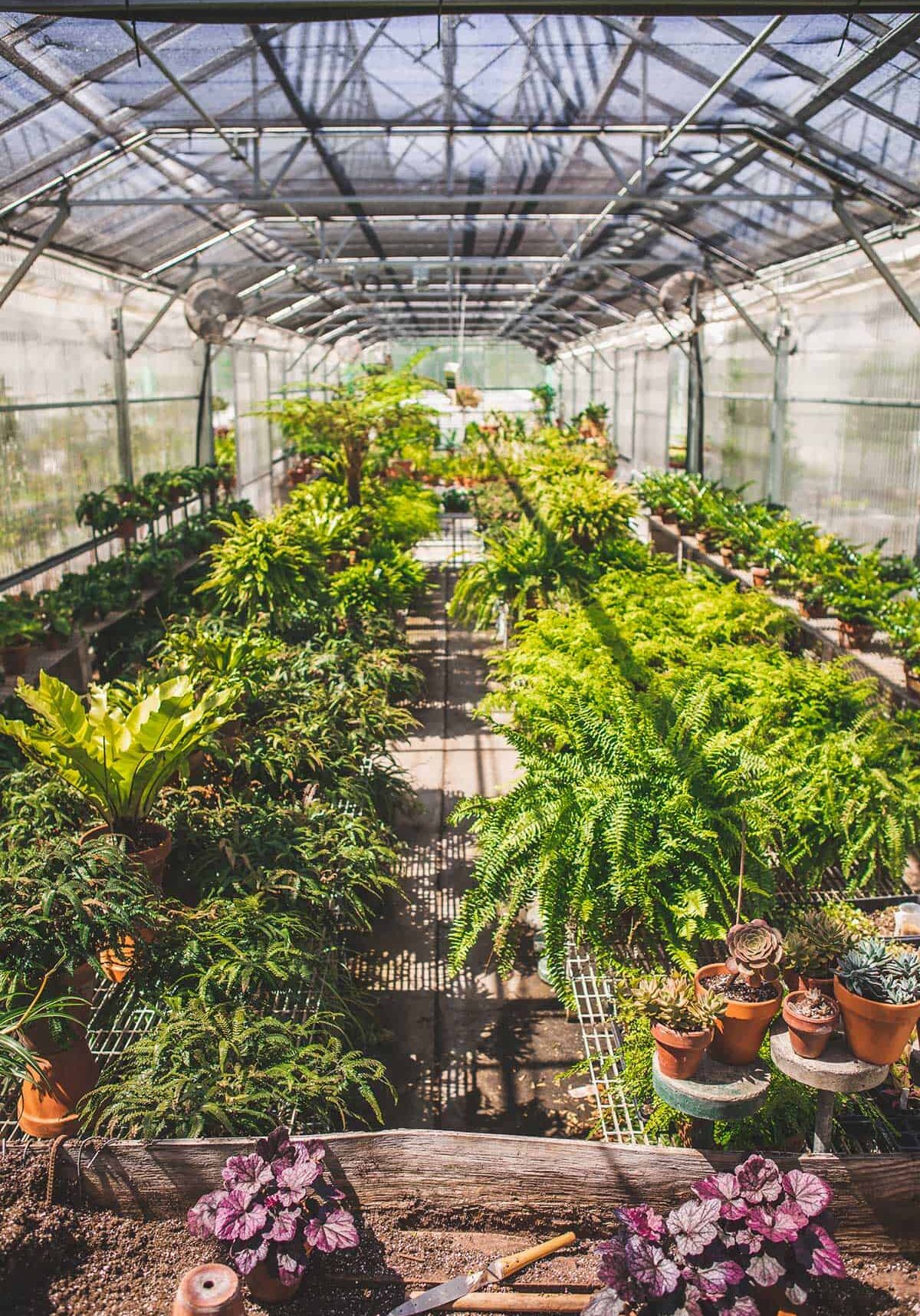
“They are a living connection to Isabella Stewart Gardner,” she says. “It’s exciting to cultivate these flowers knowing they come from plants she handled more than a century ago.”
Members of Rumbley’s team visit the museum daily to tend to the plantings. The living art display must be continually refreshed. While bright and airy, the courtyard is covered with UV-resistant glass, which protects the statues and paintings but does little to promote the growth of greenery.
Making flowers bloom all year-round is an intense challenge that requires diligence and detailed effort. “Sometimes, it’s sleight of hand,” says Rumbley. “Nasturtiums, for example, are extremely delicate. To have the vines cascading down 30 feet from the balconies in the courtyard is very difficult. We have to carefully carry them up the stairways and gently unfold them, hoping they don’t break.”
Months of contemplation and anticipation — and yes, spreadsheets — lead up to the installation of each new floral display. The result is breathtaking
“I love to watch the people after we set up a new display,” says Rumbley. “Their expressions tell me it was all worthwhile.”
Titian: Women, Myth & Power
For the first time in more than four centuries, the Isabella Stewart Gardner Museum’s exhibition “Titian: Women, Myth & Power” (August 12, 2021 – January 2, 2022) brings together a series of mythological paintings by the Italian artist Titian (b. Tiziano Vecellio, circa 1488), one of the most celebrated artists of the Renaissance. Organized by The National Gallery, London, Museo del Prado, Madrid, and the Isabella Stewart Gardner Museum, Boston, the Gardner Museum (ISGM) is the sole American venue and final stop for the exhibition.
The six monumental canvases, created over a 10 year period (1551 – 1562), were named “poesie” or “painted poems” by the artist. Painted last in the series, “The Rape of Europa” (1559-62) was acquired by Isabella Stewart Gardner in 1896 from the collection of an English aristocrat. It is the only poesie in America, and represents Titian at the height of his artistic career.
“In the exhibition Titian: Women, Myth & Power, the Gardner Museum’s masterpiece, The Rape of Europa, is reunited with its companion paintings from across Europe for the first time in nearly 500 years,” explains Peggy Fogelman, the Isabella Stewart Gardner Museum’s Norma Jean Calderwood Director. “The Museum has also commissioned contemporary artists to create works of art in response to Titian’s historic paintings to inspire new dialogue and ideas.”
For more information about the Isabella Stewart Gardner Museum, visit
gardnermuseum.org.

Titian (Italian, about 1488–1576), “The Rape of Europa,” 1559–1562. Oil on canvas, 178 × 205 cm. Isabella Stewart Gardner Museum, Boston. © Isabella Stewart Gardner Museum, Boston

